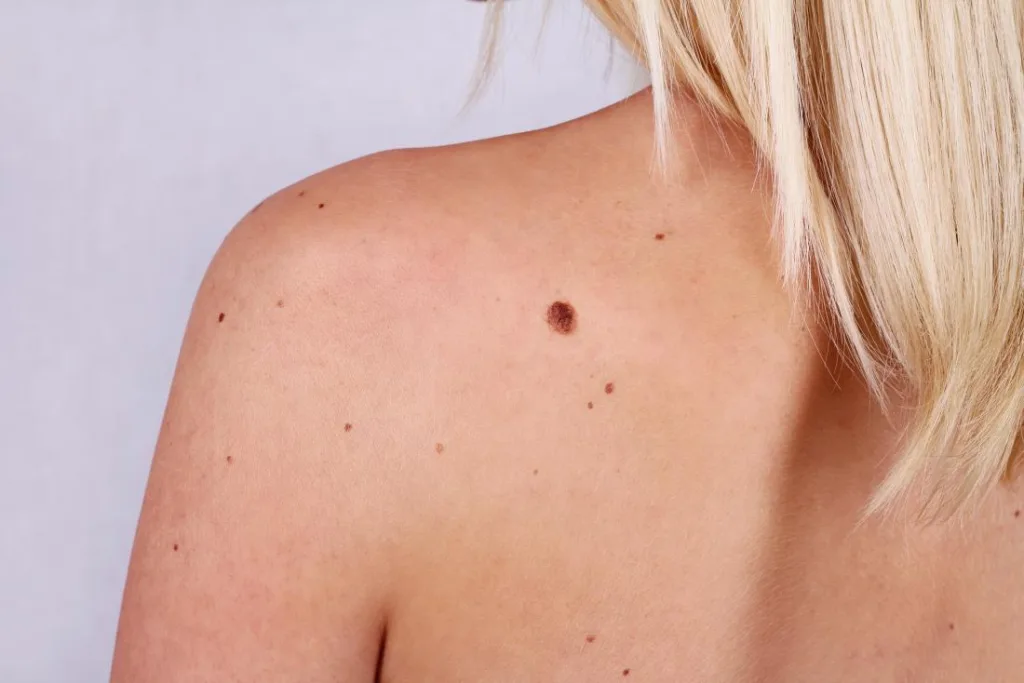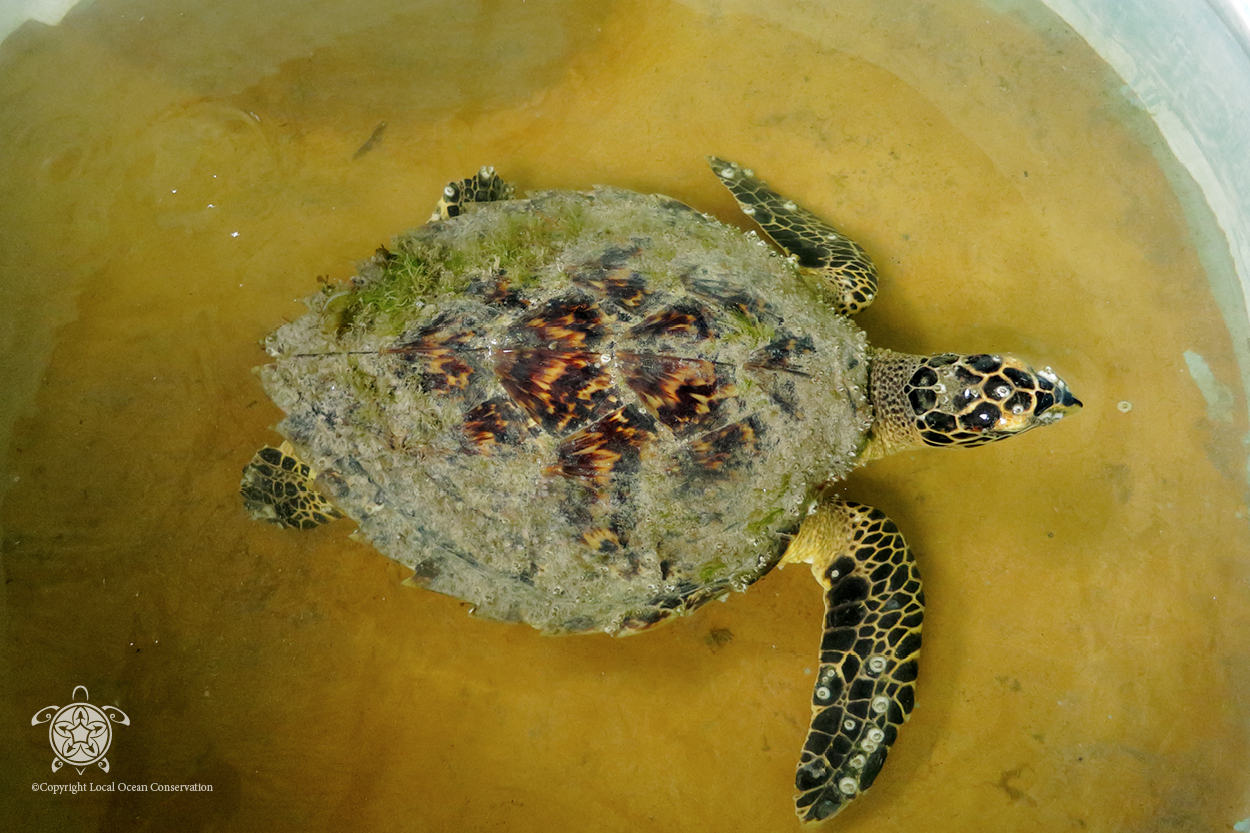When you hear the word "barnacles," your mind may immediately drift to marine life attached to rocks or the hulls of ships. However, barnacles in humans represent an intriguing and lesser-known phenomenon. This condition is often misunderstood, yet it holds significant importance for those affected. Understanding barnacles in humans goes beyond curiosity—it can impact health, well-being, and quality of life. In this article, we will delve deep into the world of barnacles in humans, exploring their causes, symptoms, treatments, and more.
Barnacles in humans refer to skin growths that resemble barnacles found in the ocean. These growths, though harmless in most cases, can cause discomfort and raise concerns about appearance. They are often linked to aging, environmental factors, and genetic predisposition. By understanding the nature of these growths, individuals can make informed decisions regarding their treatment and management.
As we navigate through this comprehensive guide, we aim to provide you with expert insights, authoritative information, and reliable data to help demystify barnacles in humans. Whether you're looking to learn more about the condition or seeking potential solutions, this article will serve as your go-to resource.
Read also:Top Golf Courses Near Madison Wi A Golfers Paradise
Table of Contents
- What Are Barnacles in Humans?
- Causes of Barnacles in Humans
- Symptoms of Barnacles in Humans
- Diagnosing Barnacles in Humans
- Treatment Options for Barnacles
- Preventing Barnacles in Humans
- Common Myths About Barnacles
- Health Implications of Barnacles
- Scientific Research on Barnacles in Humans
- Conclusion
What Are Barnacles in Humans?
Barnacles in humans are small, raised growths that appear on the skin. These growths are typically benign and are often mistaken for other skin conditions such as warts or moles. While barnacles in humans share no biological connection with marine barnacles, their appearance—hard, crusty, and sometimes uneven—draws a visual parallel.
Characteristics of Barnacles
Here are some defining characteristics of barnacles in humans:
- Color: They can range from flesh-toned to dark brown.
- Texture: The surface is often rough and uneven, resembling the texture of barnacles found in nature.
- Size: They vary in size, with some as small as a pinhead and others growing larger over time.
Although barnacles in humans are generally harmless, they can become irritated or inflamed if rubbed against clothing or subjected to friction.
Causes of Barnacles in Humans
Several factors contribute to the development of barnacles in humans. Understanding these causes can help individuals manage or prevent the condition effectively.
Primary Factors
Below are the primary factors associated with barnacles in humans:
- Aging: As the skin ages, it becomes more prone to developing barnacle-like growths. This is due to changes in collagen and elastin production.
- Genetics: Some individuals have a genetic predisposition to developing barnacles, making them more likely to appear.
- Environmental Factors: Exposure to sunlight, pollution, and harsh weather conditions can accelerate the formation of barnacles.
While these factors play a significant role, it's important to note that barnacles in humans are not contagious and cannot be transmitted from person to person.
Read also:Bamyan Kabobs A Culinary Journey Through Flavorful Afghan Cuisine
Symptoms of Barnacles in Humans
Recognizing the symptoms of barnacles in humans is crucial for early detection and management. Here are the common signs:
- Small, raised bumps on the skin.
- Color variations ranging from light beige to dark brown.
- Uneven texture with a rough or scaly surface.
- Potential irritation or discomfort when rubbed against clothing.
If you notice any of these symptoms, it is advisable to consult a dermatologist for a proper diagnosis.
Diagnosing Barnacles in Humans
Accurate diagnosis is essential to differentiate barnacles in humans from other skin conditions. Dermatologists use various methods to identify these growths:
Diagnostic Techniques
- Visual Examination: A dermatologist will carefully inspect the growths to assess their appearance and characteristics.
- Skin Biopsy: In some cases, a small sample of the growth may be taken for further analysis under a microscope.
- Dermoscopy: This advanced imaging technique allows for a detailed examination of the skin's surface and subsurface structures.
Early diagnosis ensures appropriate treatment and management, minimizing the risk of complications.
Treatment Options for Barnacles
While barnacles in humans are typically harmless, many individuals opt for treatment for cosmetic or comfort reasons. Below are some common treatment options:
Medical Treatments
- Cryotherapy: Freezing the growths with liquid nitrogen is a popular and effective method.
- Laser Treatment: Laser technology can precisely remove barnacles without damaging surrounding skin.
- Surgical Excision: In cases where the growths are larger or more prominent, surgical removal may be recommended.
Consulting a qualified dermatologist will help determine the best treatment option based on individual needs.
Preventing Barnacles in Humans
Although barnacles in humans are often influenced by genetic and age-related factors, certain preventive measures can reduce their occurrence:
Preventive Strategies
- Protect Your Skin: Use sunscreen and protective clothing to shield your skin from harmful UV rays.
- Maintain Healthy Skin: Keep your skin hydrated and nourished with a balanced diet and skincare routine.
- Avoid Irritants: Minimize exposure to harsh chemicals and pollutants that can damage the skin.
By adopting these practices, you can promote overall skin health and reduce the likelihood of developing barnacles.
Common Myths About Barnacles
Misinformation surrounding barnacles in humans can lead to confusion and unnecessary concern. Let's debunk some common myths:
- Myth 1: Barnacles in humans are contagious. Fact: They are not contagious and cannot be spread through contact.
- Myth 2: Barnacles always indicate underlying health issues. Fact: In most cases, they are benign and unrelated to serious conditions.
- Myth 3: Removing barnacles will prevent them from returning. Fact: New growths may still develop due to genetic or environmental factors.
Dispelling these myths helps individuals approach the condition with a clearer understanding.
Health Implications of Barnacles
While barnacles in humans are generally harmless, there are instances where they may pose health concerns:
- Inflammation: Irritated barnacles can become red, swollen, or painful, requiring medical attention.
- Infection: If a barnacle is scratched or damaged, it may become infected, necessitating treatment.
- Cosmetic Concerns: For some individuals, the appearance of barnacles can affect self-esteem and confidence.
Regular monitoring and proper care can help mitigate these potential issues.
Scientific Research on Barnacles in Humans
Ongoing research continues to shed light on the nature of barnacles in humans. Studies have explored their causes, development, and treatment options. According to a report published in the Journal of Dermatology, advancements in dermatological technology have significantly improved the effectiveness of treatments.
Furthermore, researchers emphasize the importance of early detection and personalized treatment plans to achieve optimal results. These findings underscore the need for continued scientific exploration in this field.
Conclusion
In conclusion, barnacles in humans represent a fascinating yet often misunderstood phenomenon. From understanding their causes and symptoms to exploring treatment options and preventive measures, this article has provided a comprehensive overview of the condition. By staying informed and seeking professional guidance, individuals can manage barnacles effectively and maintain healthy, radiant skin.
We encourage you to share your thoughts and experiences in the comments below. Your feedback helps us create content that truly resonates with our readers. Additionally, feel free to explore other articles on our site for more insights into skin health and wellness.



